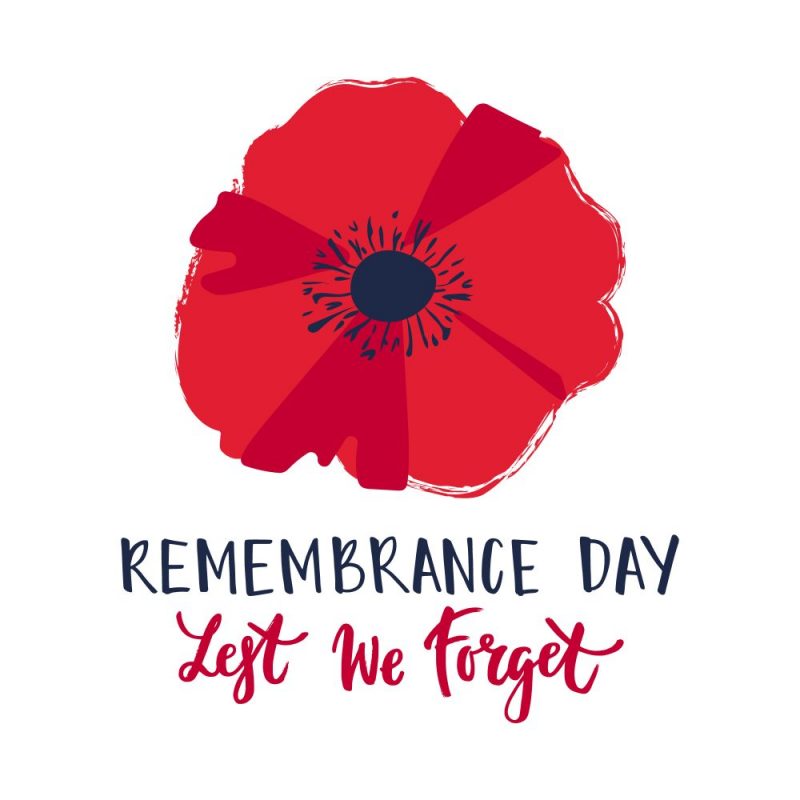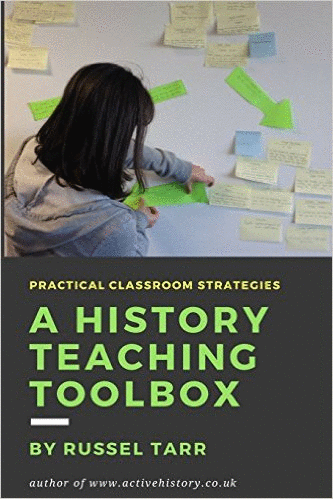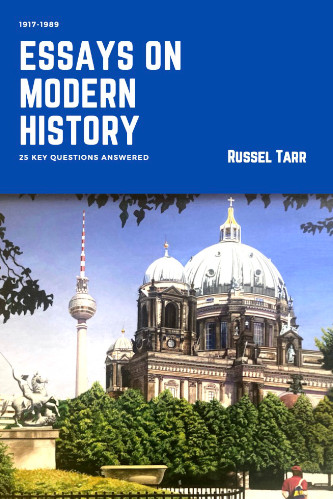 Remembrance Day, 11th November, enables the school community to think about the tragedy of war, reflecting on how it can be avoided and how its victims should be commemorated and supported.
Remembrance Day, 11th November, enables the school community to think about the tragedy of war, reflecting on how it can be avoided and how its victims should be commemorated and supported.
It is nevertheless a challenge to provide a fresh assembly and follow-up materials every single year (and for every single year group).
With this in mind, I have designed a framework which can be used every single year but with appropriate modifications and flexibility to ensure it is different each time.
It works on the principle that each year group works on a different project, so that as students progress throught the school they are approaching the subject from a different angle every year.
Comments? Suggestions? Use the feedback form or contact me: Russel Tarr on LinkedIn.
The Introductory Assembly
This assembly outlines how every single year group in the school will be provided with a different task relating to Remembrance.
The assembly focuses on conflicts taking place around the world to provide contemporary relevance every single year.
It can be adapted using this Wikipedia Page of current conflicts for the most up-to-date information, combined with the global conflict tracker and / or the CrisisWatch Map.
Prior to the assembly, give a book of war poetry to a willing student in Year 11. They need to select a poem to read, after discussion with the teacher. Again, the objective is for a different poem each year to be chosen. Alternatively, if the English department are willing they could read a variety of poems with their students and select one as a class to be read out by a willing student.
Additionally, get a willing student to construct a slideshow of PowerPoint images relating to the current day conflicts outlined above. This needs to be placed on a timer so it lasts last for 2 minutes for the ‘period of silence’ at the end of the assembly that is played out using the Last Post recording.
As students are entering, it is a good idea to set the scene by have the “World Battleground, 1000 years of war in 5 minutes” video playing on a projector screen:
Activities for each Year Group
It is often appropriate to engage students in an activity which focuses on a current conflict. For example, I have produced the following materials in recent years:
2021: The US Withdrawal from Afghanistan
The US withdrawal from Afghanistan in August 2021 generated a great deal of questions and interest in my classroom and so I designed a couple of lessons as a stand-alone study which are freely downloadable here.
2022: The War in Ukraine
In February 2022, Russia invaded Ukraine, an independent sovereign nation. The international community overwhelmingly condemned this act of aggression. What are Russia's motives for acting in this way? And what is the best way forward to bring lasting peace and stability back to Europe?
However, if you prefer a more generic approach to the subject, you can choose ONE of the available TWO activities based on your preferences:
Grade 6 (age 11-12)
Memorials
“Almost every village, town and city in Europe has a memorial to a war which affected its community. In this activity you will consider the purpose of such memorials, research one in depth and contrast it with others from around the world using this PowerPoint Template”
Peace Charities: Which should our school support?
This exercise involves students researching a range of different charities, debating their respective merits and deciding which should be the ‘official’ charity that IST should support this year. Could be a particularly good student council project / assembly (e.g. student council presents a range; students vote in form periods via google form after an assembly presentation).
Grade 7 (age 12-13)
Current Conflicts
“Remembrance Day commemorates not just past wars, but also current ones too. In this activity you will research a current conflict, produce a one-slide summary using a PowerPoint template, and then compare it to others in order to reflect on the most common causes of warfare” (there is a research template available)
Statistics and Infographics
“One death is a tragedy, a million deaths is just a statistic” said Josef Stalin. In this exercise we will familiarize ourselves with some of the key statistics relating to World War One, and consider creative ways in which we can present those statistics to make them more meaningful.
Grade 8 (age 13-14)
Songs of War and Peace
“In this activity we will research a whole range of war-related songs, divided between different members of the class. The outcome will be a compilation of what we consider to be the 10 best songs overall”
Paintings of WW1
Why do governments employ war artists? What makes a great work of art? What is the difference between art and propaganda? Students consider a range of different paintings, compare and contrast findings. My own selection of paintings can be used instead if you prefer:
The Hero (Grosz) | Harvest of Battle, Hospital, Machine Gun, Paths of Glory (Nevinson) | Unknown Soldier (Orpen) | Assault Under Gas, Card Players, Trench Warfare (Otto Dix) | We are Building a New World (Nash) | Gassed (Sargent) | Resurrection in Cookham Churchyard (Stanley Spencer).
Grade 9 (age 14-15)
War Poetry
“Your teacher will allocate the poems between the members of the class. Use the poem you have been allocated to answer these questions: (a) What is the best word to describe the tone of this poem? (b) How does the poet make you feel this way? (c) How reliable is your source as evidence of the war?". There is also a PowerPoint Show of War Poets, and another activity relating to a Larkin Poem ("1914").
Film of WW1: All Quiet on the Western Front
This exercise focuses on the German experience of World War One through the famous novel-turned-film. Students comprehend the final 30 minutes of the film then consider the techniques used in the film to get across its ‘peace’ message.
Grade 10 (age 15-16)
"Poppy Fascism"?
Students consider questions such as "What does the British Legion actually stand for? What does it do with the money it raises? Why do you think some people might object to the Poppy Appeal?" They then read an article, and read through a cartoon produced directly after it was published. the main task is "Your teacher will provide you with a blanked out version of the same cartoon. Your task is to re-write your own version of the cartoon but from the perspective of somebody who SUPPORTS the poppy appeal and DISAGREES with the arguments put forward in the original cartoon. Compare your stories as a class and place on display some of the very best ones"
Propaganda Posters
Print off these 10 posters. Create a Venn diagram with them with the three circles representing:
- 1. Attempts to mobilise women
- 2. Attempts to recruit men
- 3. Attempts to generate anti-German feeling.
Find other examples to add to the diagram if you have time.
Grade 11* (age 16-17)
Debating the Issues: The De Bono Method
Starting with a teacher's introductory PowerPoint, “The teacher will take the role of someone with a ‘Green Hat’. They will choose (or ask the class to vote on) one of a range of ‘Discussion Points’ and each person in the class will be given a number between 2-5 (Red, Yellow, Black, White - each corresponding to a different way of thinking about the issue). The debate will then take place”.
Consequences of War
A stand-alone worksheet in which students compare the results of a large range of wars to compare, contrast and conclude regarding the most likely effects of a war for modern society.
Grade 12* (age 17-18)
The Nature of Remembrance: The White Poppy / Red Poppy Debate
“Although Remembrance Day is an established day on the international calendar, there remains a great deal of debate about what exactly we should “Remember”. People who wear the Red Poppy have one opinion, and those who wear the White Poppy have a different view. In this activity you will talk through the different points of view and reach your own independent point of view”. This activity is accompanied with a PowerPoint Presentation and a YouTube Video Discussion.
Shot at Dawn
An activity based around first-hand accounts relating to soldiers ‘shot at dawn’ for cowardice during World War One. Discussion points and real debate possibilities relating to this thorny subject. There is also an extension task available based on information available on this website.
*Alternatively, if your school mixes Grade 11/12 IB students in the same form, use the "Grade 11" materials in 'odd' years (e.g. 2023) and the "Grade 12" materials in 'even' years (e.g. 2024).
This unit forms part of the World War One materials at ActiveHistory:

Causes of World War One
Life in the Trenches in World War One
Causes for Germany's Defeat in World War One
Remembrance Day: Activities for all Year Groups
Battlefields Trip: itinerary, workpack and follow-up activities
Origins of WW1 and WW2: Comparisons and Contrasts

© 1998-2024 Russel Tarr, ActiveHistory.co.uk Limited (Reg. 6111680)
1 Torrin Drive, Shrewsbury, Shropshire, SY3 6AW, England
All rights reserved | Privacy Policy | Contact






